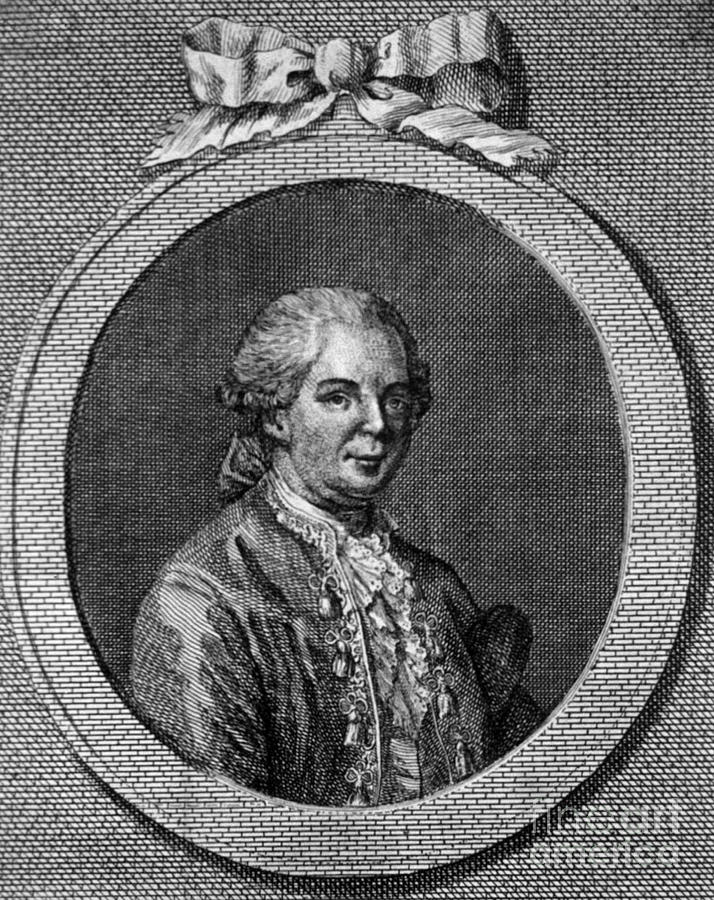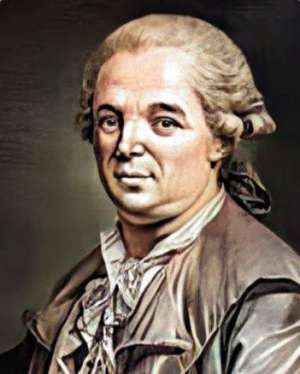

Mesmer directed the “magnetism” by walking around the tub and touching his patients, often on their abdomens and inner thighs. Iron rods protruded from the tub, and patients touched them to their ailing body parts. He’d wave his hands over bottles of water, thus “magnetizing” them, and place the bottles in a tub filled with water and a layer of metal fillings. To meet demand, he trained disciples and developed a way to treat a dozen patients at a time. There, word of Mesmer’s cures spread quickly, and the doctor soon found himself with more patients than he could treat. But after a more-or-less failed attempt at restoring the sight of blind piano prodigy Maria Theresa Paradis, Mesmer fell out of favor in Vienna and decamped to Paris in 1778. He tamed the throat spasms of a young baron, stilled a sleep-walking professor and cured a young woman with a mysterious, blistering illness. However, he soon discovered that the magnets were superfluous - all he really had to do was bring his hands near patients to affect miraculous cures. Borrowing from the theories of a colleague, he attempted to cure patients by placing magnets on them. Mesmer discovered “animal magnetism” as a young doctor in Vienna. So, when charismatic Austrian physician Franz Anton Mesmer claimed to have discovered yet another invisible force - one that, he said, coursed through every living thing and was the cause and cure of every physical ailment - the finding seemed entirely within the realm of possibility to people living in the Age of Enlightenment. And thousands of spectators gathered in Paris to watch French inventor Jacques Alexandre Charles harness invisible gases to take flight in the first hydrogen-filled balloon. Benjamin Franklin captured and experimented with electricity. The annotations without a reference number were created at the library.Eighteenth-century Europe was abuzz with the frequent discovery of invisible and mysterious forces. Some of the annotations come from Adam Crabtree's Animal magnetism, early hypnotism, and psychical research, 1766-1925 available at and include the reference number to the source of citation. This online exhibit has been expanded to include all eighteen and nineteen century works on the subject housed in the library's Rare Book and Special Collections.

On display in the Falk Library lobby from June to August 2014, the original exhibit presented only the selected early texts on animal magnetism. The third stream – parapsychological – influenced by the romantic philosophy lead to experimentation with “magnetic magic”, paranormal phenomena, somnambulism, and eventually spread of spiritualism. They also used animal magnetism as anesthetic for surgery. The followers in medical stream pursue Mesmer’s interest in healing. The most important stream – psychological – stemming from the discovery of “magnetic sleep” by Puységur paved the way for research in psychotherapy through the work of James Braid, Ambroise Liebeault, Jean-Martin Charcot and Sigmund Freud. Some of those early works participating in the heated discussion on animal magnetism are exhibited here.Īnimal magnetism, though completely forgotten today, influenced the future research. Both of them produced reports unfavorable to animal magnetism, but at the same time contributed to the popularity of the movement by initiating the wave of pamphlets and books supporting or objecting to conclusions of both reports. The medical faculty of Paris was alarmed at the popularity of Mesmer’s clinics and two commissions were constituted to investigate animal magnetism. He attempted to gain acceptance for his theory of animal magnetism from the medical establishment of Vienna, then in Paris. Using these methods, Mesmer performed some remarkable cures in Austria, Germany and France. Later, he used new techniques which involved “magnetic passes” or sweeping movements of the hands to direct magnetic fluid to diseased parts of the patient’s body. Mesmer’s interest in invisible forces found concrete expression in his early medical practice, where he experimented with using iron magnets to treat illness. Mesmer renamed this universal force to “animal magnetism” and articulated its basic principles in twenty-seven propositions in his Mémoire sur la découverte du magnétisme animal of 1779. The first seed for this thought was planted when he coined the term “animal gravitation” in 1776. It is based on the belief in the existence of a universal magnetic fluid that is central in the restoration and maintenance of health.

Animal magnetism is a healing system devised by Franz Anton Mesmer.


 0 kommentar(er)
0 kommentar(er)
